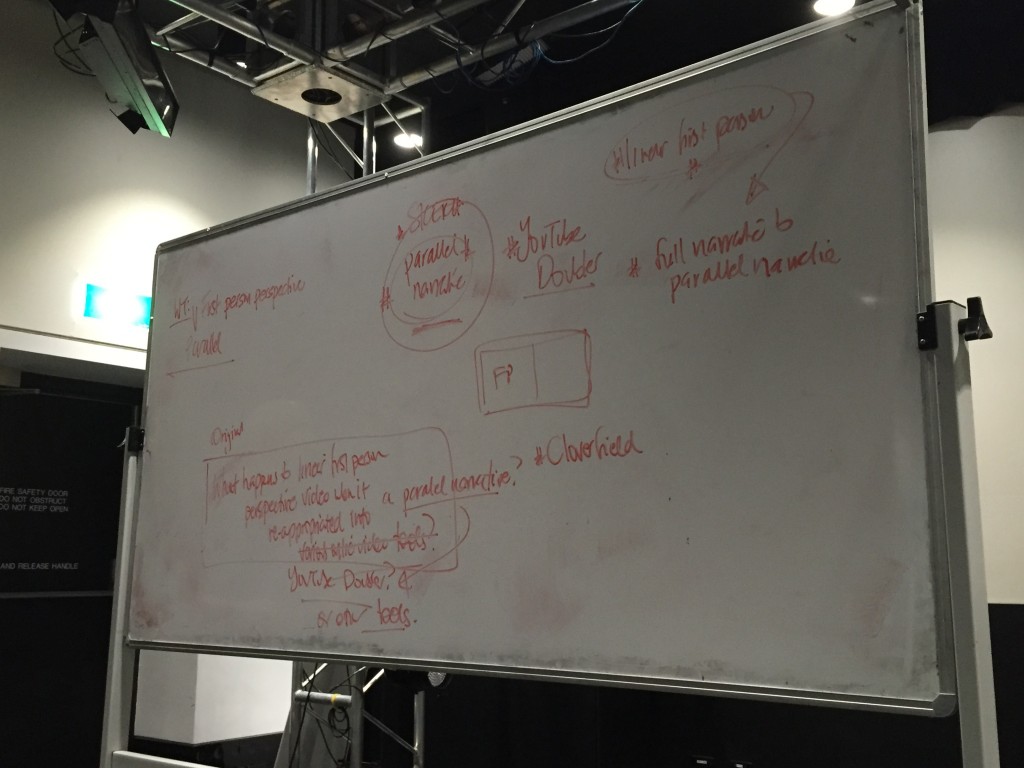Week 9 was just right after completing Project three and presenting in front of the panel of judges. So the first session was probing us and pushing us into the smaller specifics of our experiment. Not many attended the session because it was self-directed so Peter and I did not get much suggestions from our peers. However, the criticisms we managed to get were constructive and definitely very helpful.
According to Seth, we still do not fully understand the concept of ‘First person perspective’ from the sketches we made in project three. I have been jumping between first person and third person perspective. The sketch was unable to allow the audience to grasp distinctively that it was a first person perspective. After that discussion, we started picking out which sketch interested us the most to get started on our project four. Peter and I chose YouTube Doubler after hearing the judges’ suggestion on using a simple tool like YouTube Doubler to create a complex narrative. Due to our time constraints, Brian and Seth were absolutely right about keeping our experiment simple with a complex narrative.

After a quick brainstorming with Seth my peers, we have our project four probe!
What happens to linear first person perspective video when it is re-appropriated into a parallel narrative using YouTube Doubler or other tools?
What Seth had mentioned during the discussion had been on point. I had double checked and watched through my previous sketches and tried to pinpoint the problem. What I found out was that I was aimlessly walking around the streets that I did not bother with people walking in front of me that it did, indeed, look like a third person perspective. I should have created an action like maybe checking the phone or check my watch to show that I am in a first person perspective.



